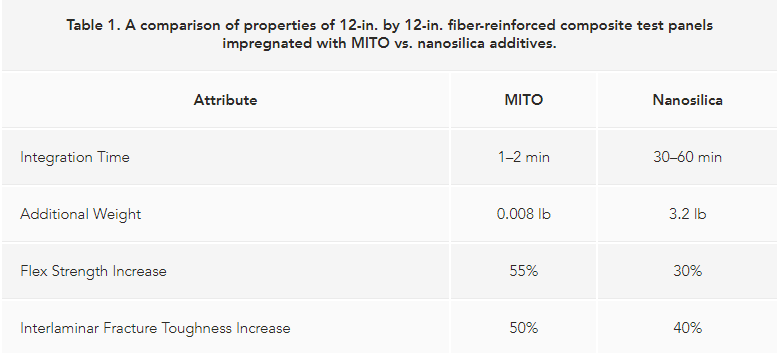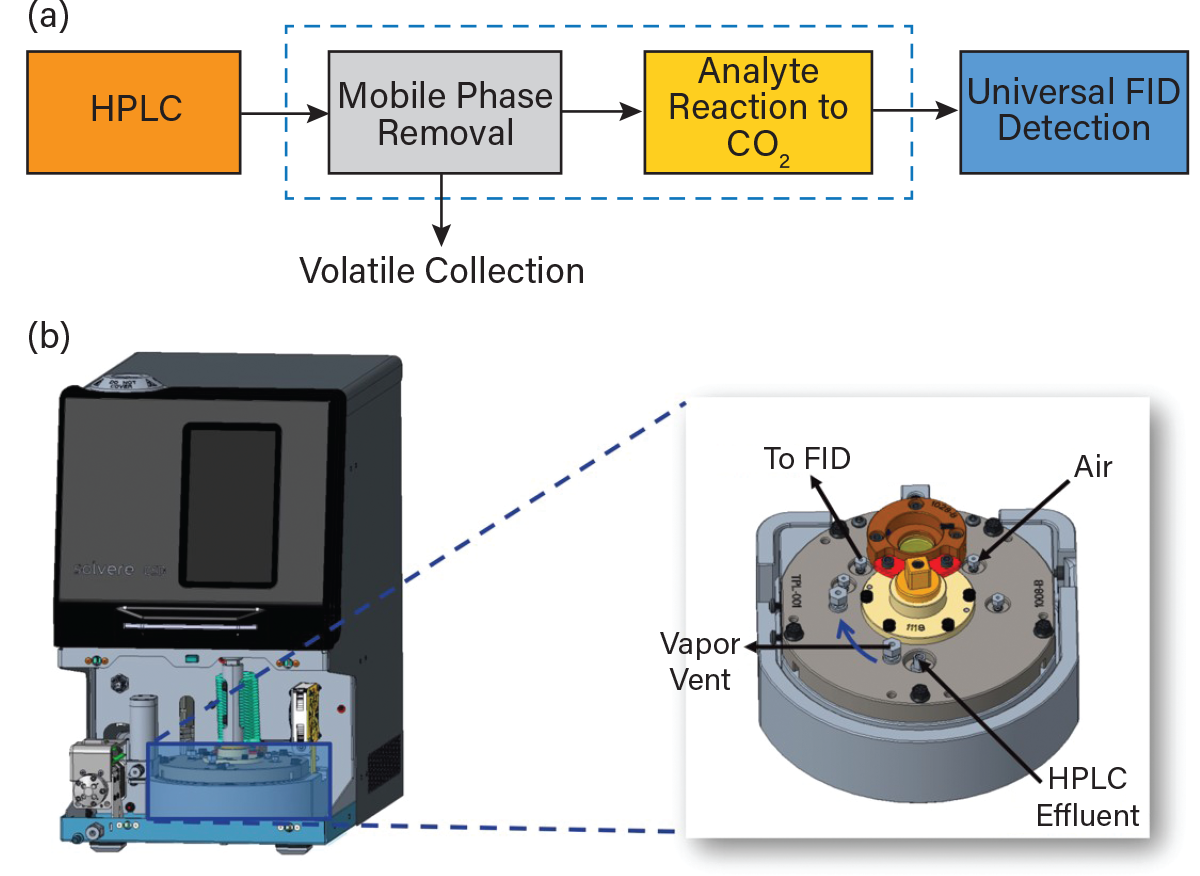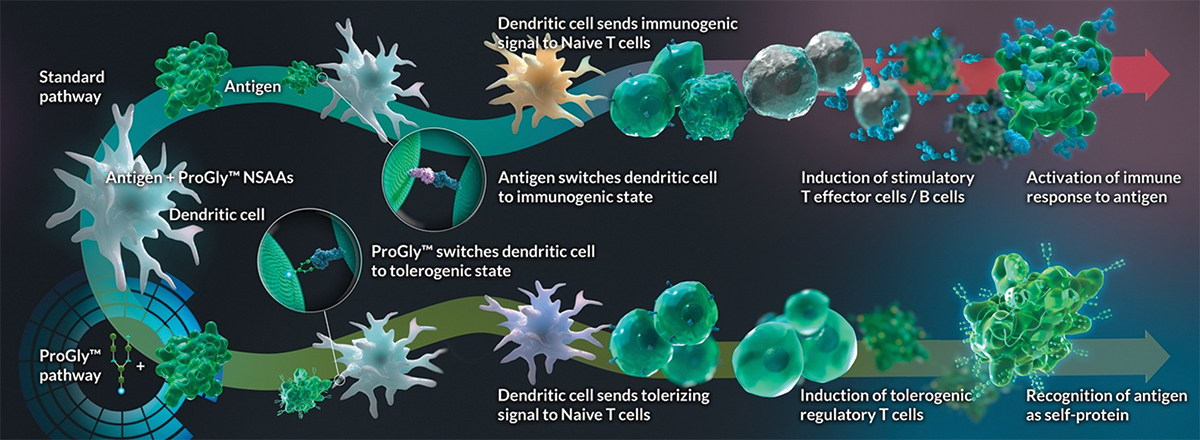NSF Funded Companies: In Partnership with CEP
These articles were written in partnership with the Chemical Engineering Progress about the work of some of our NSF funded companies.
Novel Additives Promise Strong, Lightweight Composites for Commercial Transportation
Lightweight structural components are often made with advanced fiber-reinforced composites due to their high specific strength. However, in comparison to their metal counterparts, composites are more susceptible to harm from low-velocity impacts. Impacts can cause separation of the composite layers, a phenomenon known as delamination, which can reduce strength and stiffness and lead to catastrophic failure. This factor and the cost of manufacturing have prevented the introduction of viable weight-saving composite materials in place of traditional metal-based high-performance materials.
Learn MoreInnovation Sparks Life Into HPLC Detection of Compounds
High-performance liquid chromatography (HPLC) is a common technique used for the analysis of pharmaceutical drugs and impurities, chemicals in food, flavors, oils and fuels, polymers, and more. HPLC works by separating different types of molecules in specialized flow-through columns. The separated molecules are subsequently identified and/or quantified using a myriad of detectors. Common detectors include those based on ionization (e.g., mass spectrometry), light absorption (e.g., ultraviolet-visible spectroscopy), light refraction (e.g., refractive index), and light scattering (e.g., evaporative light scattering or charged aerosol).
Learn MoreRedefining Protein Therapeutics with an Expanded Amino Acid Universe
Therapeutic proteins are used to treat a wide variety of diseases, from cancer and heart disease to cystic fibrosis and diabetes. These proteins currently are produced using microbial fermentation in cell cultures and by transgenic animals or plants. They represent a nearly $200 billion market, yet product stability and unintended immune responses remain significant obstacles to treatment. For example, many therapeutics suffer from short half-lives that require frequent dosing, which can lead to increased side effects and noncompliance to treatment. Many other therapies produce immune reactions that impair therapeutic activity or endanger the patient. Often, these challenges arise from a limitation inherent to all proteins: they are made from the same 20 amino acid building blocks.
Learn MoreLow-Cost Nanostructured Catalysts Promise Cleaner Indoor Air
Poor air quality has serious public health consequences, as highlighted recently by the COVID-19 pandemic and Western U.S. wildfires. According to World Health Organization (WHO) and World Bank reports, the annual societal cost associated with air pollution is close to eight million premature deaths and $5.7 trillion.
Learn MoreCombating Pests with a New Class of RNA-Based Pesticides
Our agricultural system is facing tremendous challenges in sustainably meeting the food demands of the growing world population. An evaluation of the crop protection sector found that the total cost of using chemical pesticides — including regulatory, human health, environmental, and exposure-prevention costs — exceeds $39.5 billion per year in the U.S. (1).
Learn More





